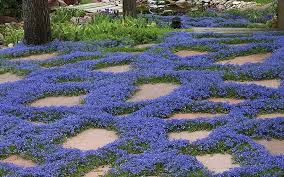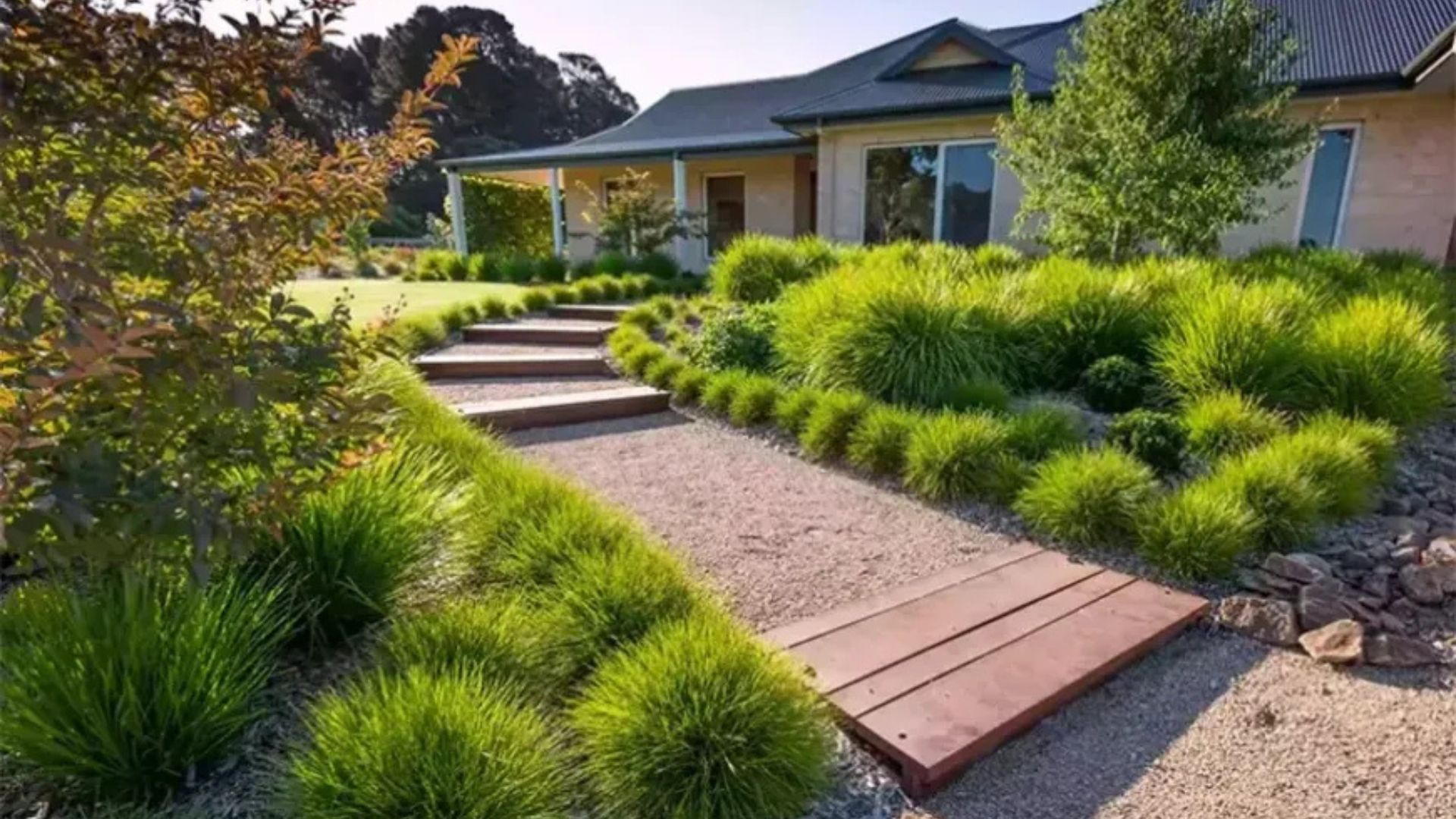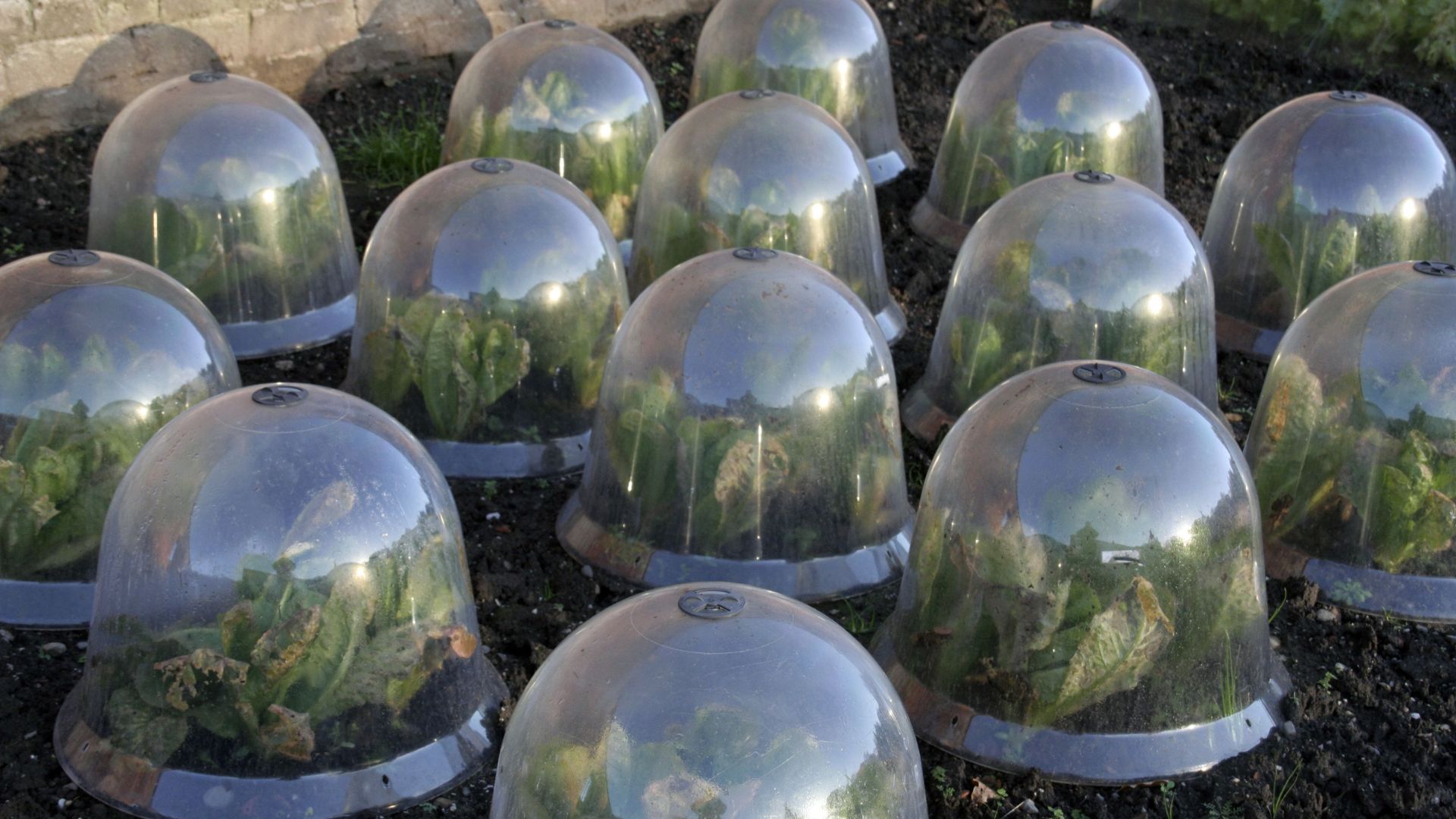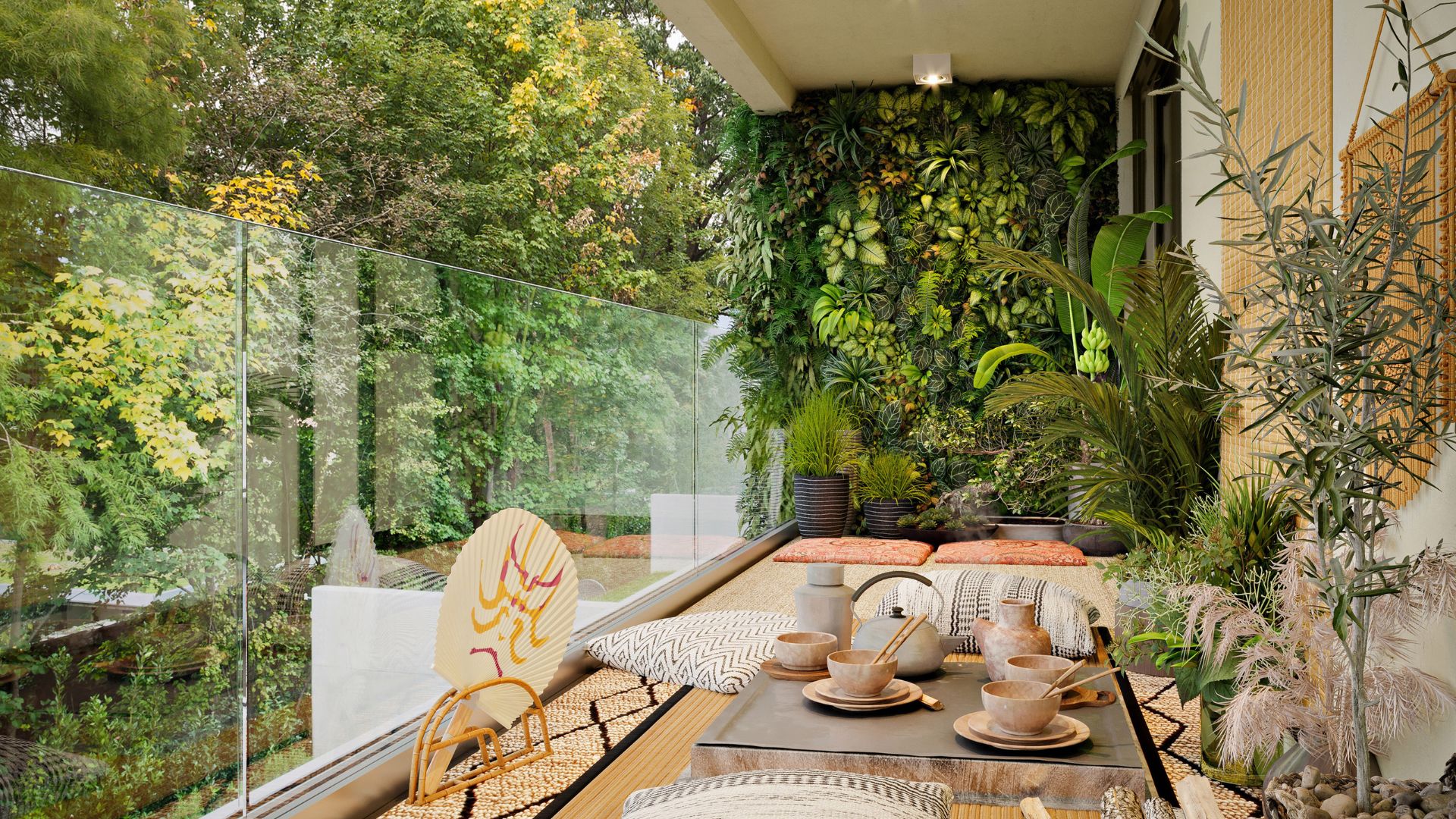When planning a beautiful and low-maintenance garden, garden-friendly ground covers are a game-changer. These plants spread across soil surfaces, reducing weeds, controlling erosion, and adding texture and color to your landscape. Ground covers also help retain soil moisture and provide habitat for beneficial insects. Whether you have a shady spot or a sunny slope, there’s a perfect ground cover for every garden style.

Benefits of Using Ground Covers in Your Garden
Ground covers provide multiple advantages beyond simple aesthetics. They suppress weed growth by creating a dense layer that blocks sunlight from reaching unwanted plants. Additionally, they prevent soil erosion by stabilizing the ground with their roots, especially on slopes and bare patches. These plants reduce water runoff and improve soil quality over time. With less bare soil, your garden will look lush and feel more cohesive.
Best Garden-Friendly Ground Covers for Sunny Areas
If your garden basks in sunlight, choose sun-loving ground covers like creeping thyme, sedum, or creeping phlox. Creeping thyme produces tiny flowers and releases a pleasant fragrance when stepped on, making it great for pathways. Sedum is drought-tolerant and thrives in poor soil, while creeping phlox creates colorful carpets of blooms in spring. These hardy options require minimal care and are perfect for bright, open spaces.
Ground Covers Ideal for Shady Spots
Many shady gardens struggle with bare soil and weeds, but shade-tolerant ground covers can transform these areas beautifully. Plants like pachysandra, sweet woodruff, and ajuga flourish under trees and in low-light corners. Pachysandra offers evergreen coverage and dense foliage, while sweet woodruff blooms with small white flowers. Ajuga adds striking foliage colors and spikes of purple blooms. These ground covers make shady spots feel inviting and vibrant.
How to Plant and Care for Ground Covers
Planting ground covers properly ensures they spread quickly and stay healthy. Start by preparing the soil—remove weeds, loosen the earth, and add organic compost if needed. Space the plants according to their growth habits, allowing room for spreading. Water newly planted ground covers regularly until they establish. Once mature, many ground covers require little watering and can tolerate drought. Prune or trim back overgrown patches to keep your garden tidy.
Using Ground Covers for Erosion Control
If erosion is a concern in your garden, ground covers are a natural solution. Their roots bind soil particles together, preventing washouts during heavy rains. On slopes, choose vigorous growers like creeping juniper or vinca minor, which stabilize soil effectively. These plants also slow water runoff, allowing moisture to soak into the ground. Ground covers not only protect your landscape but also improve its overall resilience and appearance.
Final Thoughts on Garden-Friendly Ground Covers
Incorporating garden-friendly ground covers into your landscape design adds beauty, function, and sustainability. From sunny beds to shady nooks, these plants reduce maintenance and support a healthier garden ecosystem. Whether you choose flowering options or evergreen varieties, ground covers provide a lush carpet that enhances your outdoor space. Start with the right plants and care, and enjoy a thriving garden that looks great year-round.










